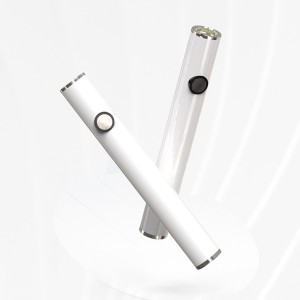ZIRCONIA CERAMICS
-

New generation PL-1.0 all ceramic atomizer
Product features Pure, simple, large hole heavy oil is suitable full ceramic, full riveting pressure, no glue, good taste, negative pressure test 35kpa two hours without leakage Pure, environmental protection, consistent quality Product process and characteristics 1, ceramic nozzle ceramic center rod is made of high strength 95 alumina ceramic 1680℃ high temperature sintering, 1250℃ high temperature lead-free glaze, meet SGS and MSDS environmental testing requirements. 2. There is no ... -
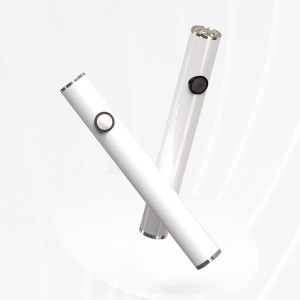
Zirconia Ceramics X-Ray Diffraction
X-Ray Diffraction Represents stack plots of the Xray diffraction data on pristine and degraded samples for Metal (left) and Ceramic (Right). The ceramic center post cartridges, as predicted by the authors, remained consistent in terms of the chemical composition (no sign of decomposition or chemical changes at 300 °C and 600 °C). On the contrary the metal sample undergoes a clear compositional change. As can be seen by the XRD data, the ceramic samples reflect the structural integrity of... -
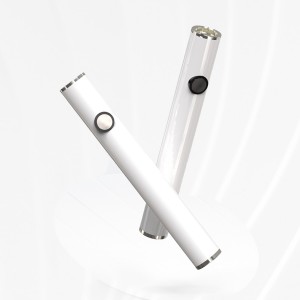
Zirconia Ceramics Results & Discussion
Introduction In this communication we do not intend to encourage any type of smoking, but seek to identify thermally stable materials for vaporization applications.Many studies have identified cigarette smoking as a prevalent cause of diseases in the body. The chemicals in cigarettes have been proven to be highly toxic to one’s health, and as an alternative, many tobacco users have turned to vape pens and E-cigarettes. These vaporizers are highly versatile and can house most botanical ex... -
Zirconia Ceramics Experimental
Experimental Wonder Garden Zirconia ceramic center-post cartridges and a leading competitor’s metal center-post cartridges were provided by Wonder Garden for investigation. To study the durability and thermal degradation of the samples, Aliovalents Material Research utilized pycnometry, x-ray diffraction, scanning electron microscopy and energy dispersive spectroscopy on samples varying from pristine to degraded (300 °C and 600 °C).Samples were sectioned through the length using a low-s... -
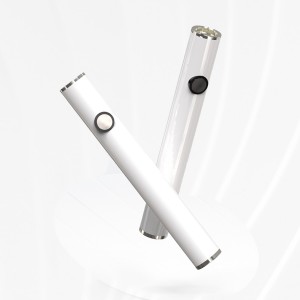
Zirconia Ceramics Introduction
Introduction In this communication we do not intend to encourage any type of smoking, but seek to identify thermally stable materials for vaporization applications.Many studies have identified cigarette smoking as a prevalent cause of diseases in the body. The chemicals in cigarettes have been proven to be highly toxic to one’s health, and as an alternative, many tobacco users have turned to vape pens and E-cigarettes. These vaporizers are highly versatile and can house most botanical ex... -
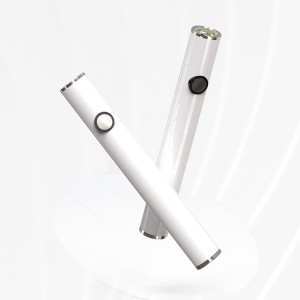
Zirconia Ceramics Energy-Dispersive Spectroscopy
Energy-Dispersive Spectroscopy ■Figure 4 EDS spectra of Brass samples (Top spectra: Pristine / Bottom spectra: Degraded). ■Figure 5 EDS spectra of Zirconia samples (Top spectra: Pristine / Bottom spectra: Degraded). EDS spectroscopy was another technique used to characterize the pristine and degraded samples. The elemental mapping of the samples remained consistent for the ceramic centerpost for both pristine and degraded samples. Only a slight increase in oxidation ... -
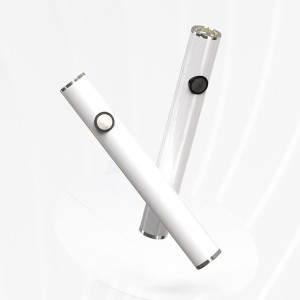
-
